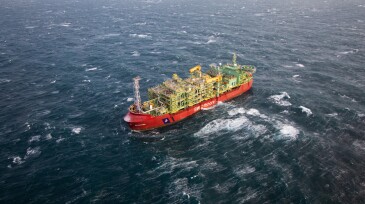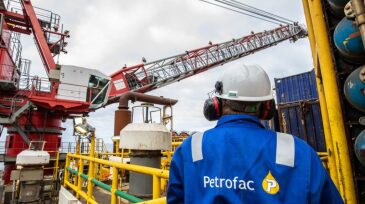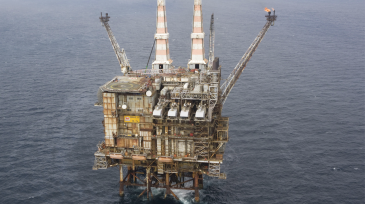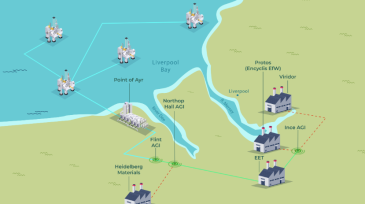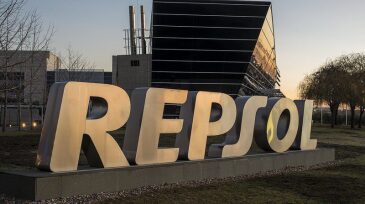UK
-
Fugro’s entry into the UK’s small modular reactor market follows its breakthrough in the US, where it secured a contract in February to perform a geoscience site investigation for the recommissioned Palisades Nuclear Power Plant in Michigan.
-
The decision keeps the effective tax rate on upstream projects at 78%, prompting new warnings that investments will continue to dwindle in the UK Continental Shelf.
-
Regulators pull from experiences in the oil and gas industry to define best stewardship practices for the nascent CCS industry.
-
The service company said the cancellation of a 2-GW offshore wind project in the Netherlands means its restructuring plan can no longer be delivered.
-
The Regulators’ Pioneer Fund has provided the North Sea Transition Authority with funding for two data work streams—a data viewer and an AI chatbot—to facilitate access to the vast amounts of North Sea data.
-
Marine contractor also approves the construction of a new heavy-transport ship.
-
SPE Offshore Europe 2025 Pulls Industry Leaders to Aberdeen at Crucial Juncture for North Sea FutureSPE Offshore Europe has reaffirmed its position as Europe’s leading offshore energy event, welcoming more than 25,000 professionals to P&J Live in Aberdeen 2–5 September 2025 in what was widely regarded as a landmark week for the sector.
-
BlackRock’s Global Infrastructure Partners moves to buy nearly half of the stake in Eni's CCUS subsidiary.
-
The combined group will be renamed NEO NEXT Energy and is expected to become one of the largest independent producers in the North Sea.
-
Permits for the East Side Cluster carbon storage project have been awarded, and participants have begun announcing final investment decisions.
Page 1 of 5


